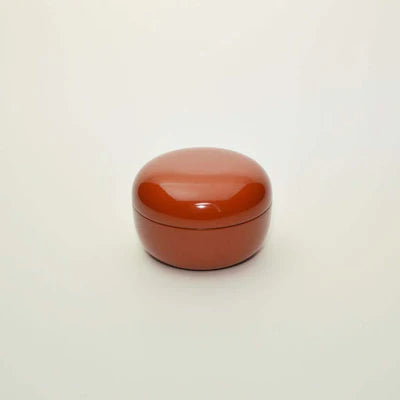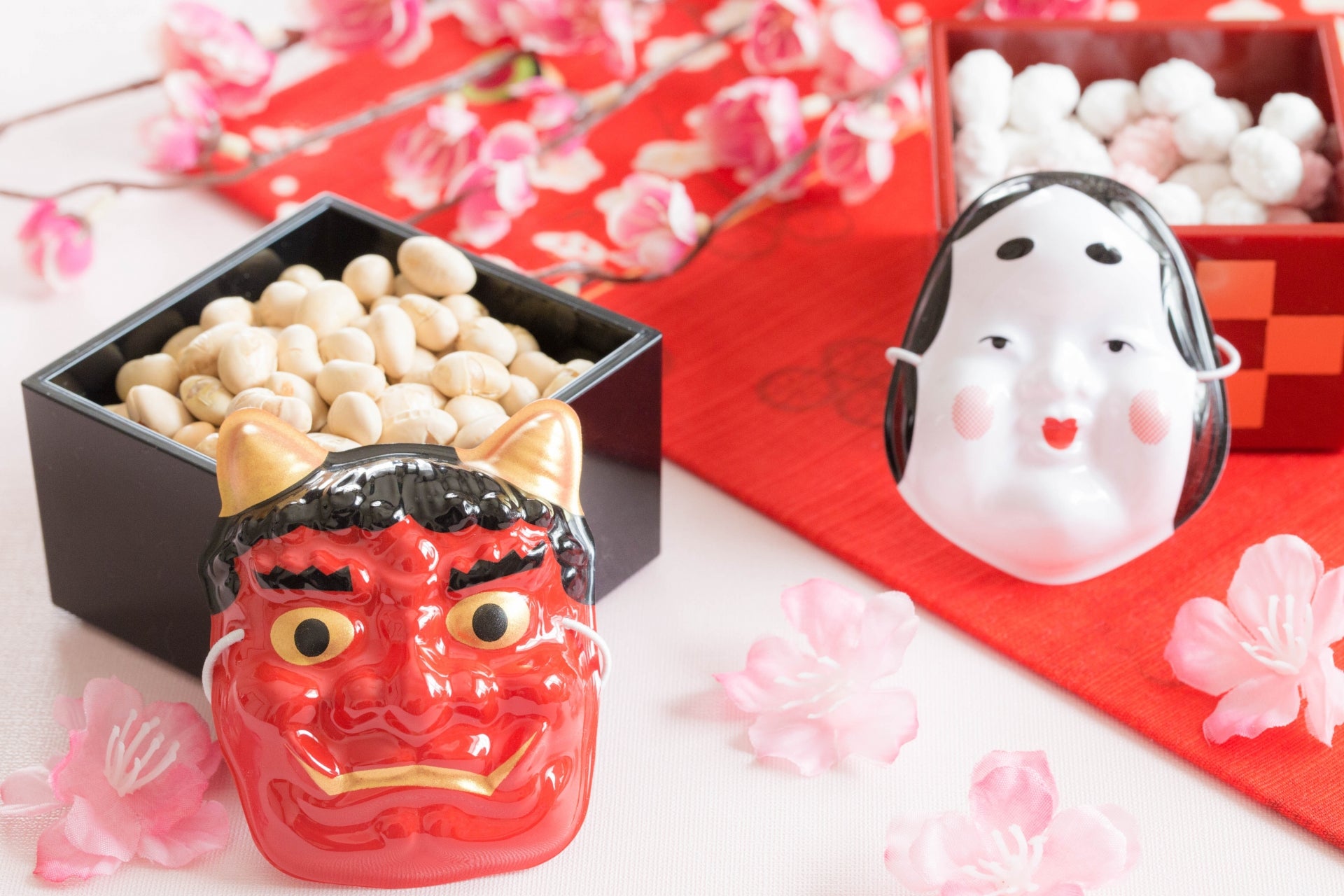
Winter can be a great season to visit Japan, although many tourists generally believe spring or fall is the best. You can admire the temples under a layer of snow. “The colder it gets, the better the hot spring,” where you can immerse yourself and relax. Kyoto is also delightful in winter. The endless cycle of food is one of the happiest things about living in Japan. For example, during winter, many people enjoy “one pot meal or Nabe” (鍋料理) Above all, “Fugu nabe” (Pufferfish pot) is the King of Nabe. The pufferfish has poisons. As a matter of fact, that poison is 1,000 more deadly than cyanide. Why do we eat? We can discuss this winter’s delicacy in the next blog!!

Halloween at Yoshida Shrine on February
What would you do if a vicious demon suddenly came at you? If you were in Japan, you would throw beans at it!! People visit temples or shrines to pray for this year's health and safety and throw beans to get rid of the devil. Beans have a meaning of peace, which is why beans are used for setsubun events. Setsubun events will be held at Yoshida Shrine from February 2nd to 4th. It has been continued since the 14th century and became the big festival that attracts nearly 500,000 worshippers every year at Yoshida Shrine. Good fortune beans, amulets, and woody holy sticks are served to people who visit Yoshida Shrine during that time.
What exactly is Setsubun? 
Generally speaking, it is an event to ward off evil spirits and pray for good health. Since ancient times, it has been believed that evil spirits easily enter at the change of seasons and that it is still cold in early February. An event called Tsuina (追儺) has been held to purge evil spirits and pray for good health throughout the year.
https://store.kyotohandicraftcenter.com/products/as062?_pos=3&_sid=3b4585260&_ss=r
Why is Japanese traditional Halloween in Winter?
The term setsubun originally referred to the day before the beginning of each of the seasons, spring, summer, autumn, and winter alike. The first day of spring, or Rissyun (立春)was also the start of the year in the old Japanese lunar calendar, as well as marking the transition from the cold of winter to the warmth of spring. It is said that for these reasons, this day became particularly significant, and over time, the term setsubun came to be associated uniquely with the start of spring as a result.

“Oni wa soto, fuku wa uchi!”
On February 3, known in Japan as Setsubun, beans are cast in all manner of locations—households, workplaces, and schools alike—accompanied by shouts of “Oni wa soto, fuku wa uchi!” (Out with devils, in with good fortune!)
https://store.kyotohandicraftcenter.com/products/as062?_pos=3&_sid=3b4585260&_ss=r

Now considered a staple of Setsubun, Ehomaki originated in Osaka. The custom is to face the direction of blessings on Setsubun and silently eat the Futomaki (thick sushi roll) to the end while making a wish. It is said that the seven ingredients of the futomaki should be chosen in honor of the seven gods of good fortune, and also in the hope that they will bring in good fortune. It is also believed that the futomaki is a golden rod left behind by ogres, and eating it is said to be a way to exterminate ogres. In addition to the information, the direction of blessing in 2023 is "south-southeast.
It is said that even demons can not touch or stuck in their eyes, and they will not be able to do anything about it. Also, ogres hate smoke from roasting sardines. If you put a twig of holly and roasting sardine at the gate or entrance, it will be the best protection against ogres, and ogres will never come close to it.

